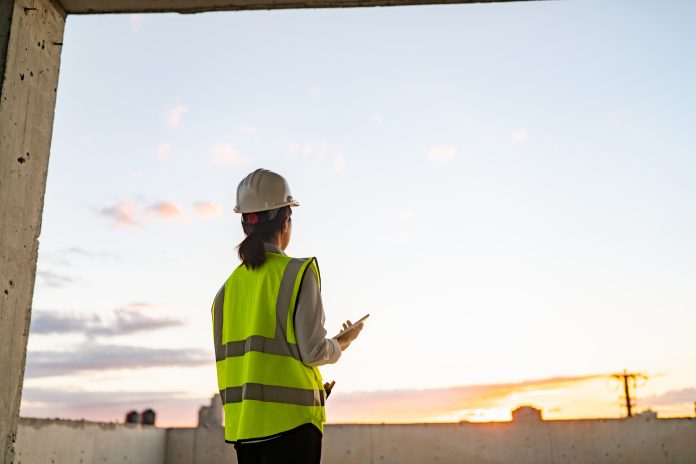The latest construction PMI figures show construction activity rising, with commercial work offsetting a drop in housing activity
Construction activity rose after a two month period of decline, showing the strongest rate of growth since May 2022.
Housing activity decreased for the third month running, but both commercial and civil engineering activity remained strong.
Survey respondents commented on subdued market conditions due to elevated interest rates, alongside cutbacks to new house building projects in anticipation of weaker demand.
Total new work picked up in February, as signalled by an improvement in order books for the first time since November 2022. Construction companies reported signs of a turnaround in demand for commercial projects, attributed to the improving near-term economic outlook.
The construction PMIs showed growth across multiple subsectors
The headline seasonally adjusted S&P Global / CIPS UK Construction Purchasing Managers’ Index® (PMI®) registered 54.6 in February, up from 48.4 in January and above the neutral 50.0 threshold for the first time in three months.
The latest reading- measuring month-on-month changes in total industry activity- was the highest since May 2022.
Commercial construction was the best-performing area in February (index at 55.3), with civil engineering activity also returning to growth (index at 52.3), although the rate of expansion was only modest.
Construction companies noted a fall in residential building work for the third consecutive month in February (index at 47.4). The speed of the downturn eased since January, however.
Business expectations improved as construction activity rises
Business expectations for the year ahead improved further from the 31-month low seen in December 2022. Around 46% of the survey panel anticipated a rise in construction activity
over the year ahead, while only 13% predicted a decline.
The resulting index pointed to the highest level of optimism for one year. Firms often noted signs of a recovery in client demand, despite elevated interest rates and
recession risks.
Employment also presented a modest increase, although respondents indicated cost cutting measures was still stifling recruitment.
Positive omens include a decrease in inflation and supply pressures
Higher input costs were mostly linked to suppliers passing on rising energy
bills and salary inflation, although this was offset by lower transportation bills.
Rising demand for products and materials complimented an easing in supply pressures, with vendor delivery delays the least widespread in over three years.
These factors helped bring down input price inflation across the construction sector, with the latest round of purchase price increases the slowest in nearly three years.
HS2 was pointed to as one source of rising construction activity
Dr John Glen, chief economist at the Chartered Institute of Procurement & Supply, commented: “The overall figure paints a bright picture of progress in the construction sector with a robust jump in output last month. Supply deliveries were at their most improved since January 2020 and some commentators mentioned sourcing closer to home to avoid logjams in supply chains caused by China’s Covid policy and the war in Ukraine.
“New order levels were also at their highest since November 2022 but these strong numbers belie the fact that there is uneven growth in building activity in the UK. Commercial and civil engineering projects dominated this performance with activity on projects such as HS2 and commercial builds. Residential building on the other hand was the odd one out with a third month in contraction as mortgages rates put a dampener on the number of house purchases and buyers were unwilling to commit.
“Builders themselves remained cheerful as optimism rose sharply and almost half of the survey’s respondents believed business would improve in 2023. With the slowest inflationary rises for raw materials since November 2020 this offered some relief, and it was cheaper transportation costs that helped offset salary and energy costs which were still rising.”
Industry responses
Mark Robinson, group chief executive at SCAPE, one of the UK’s leading public sector procurement authorities, said: “While it’s encouraging to see construction activity pick up again after a sharp decrease in January, unpredictable new business pipelines remain an operational challenge for firms to manage effectively.
“Recent news that government departments collectively spent £24bn less than forecasted might raise hopes of a last-minute public sector spending spree by the Chancellor in next week’s Budget. However, it’s more likely that delivering real-term cost savings is going to be the mandate for local authorities, and contractors will play an important role in helping them to achieve this.
“Thorough planning and early engagement will therefore be crucial in continuing to deliver impactful regeneration projects that support the growth of regional economies.”

















